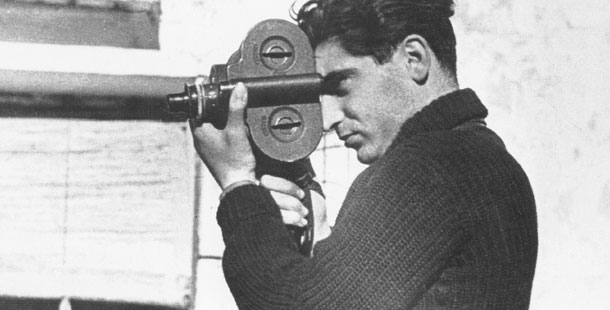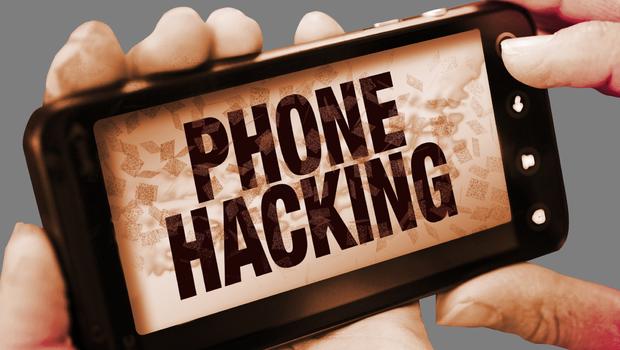
Image Source: http://www.indianweb2.com/2017/02/11/can-robots-write-ai-content-writing/
There was an article published in The Guardian titled, “Written out of the story: the robots capable of making the news”. The article goes into detail on how, Fan Hui, a three-time champion of the east Asian board game, Go, lost to a computer programme that was created by Googles subsidiary, DeepMind. The article suggests that even journalists aren’t safe from the possibility of being replaced by machines. There have been many advancements in terms of computer programming, and the example relating to Fan Hui shows just how advanced AI has become in terms of logic and outsmarting the human mind. Matthew Jenkin, the individual behind the article writes that maybe in time, AI may be able to perform more creative tasks, possibly posing as a threat to the future of journalists.
Does such a threat already exist? Wordsmith, an artificial writer created by the company Automated Insights, of which is based in North Carolina. Wordsmith cherry-picks words from a dataset and uses them to structure articles. Per the article in The Guardian, in 2015, the company claims to have created more than 1.5 billion pieces of content, up from 300 million in 2013. Also, per this article, there are already some high-profile customers who already use this AI, companies such as Associated Press and Gannet. Gannet publishes USA Today and Yahoo News.
However, there was an article published by the BBC, where Slate’s, Will Oremus states, “”Quakebot neatly illustrates the present limitations of automated journalism,” he writes. “It can’t assess the damage on the ground, can’t interview experts, and can’t discern the relative newsworthiness of various aspects of the story.” This gives us an indication as to the limitations of machines within the journalism sector. One of the benefits of the machine reporter is the ability to produce content in a matter of seconds through the collection of words from a dataset, however as Will Oremus states, these machines can’t assess the damage on the ground, interview experts or analyse a story and decide what is perhaps newsworthy.



